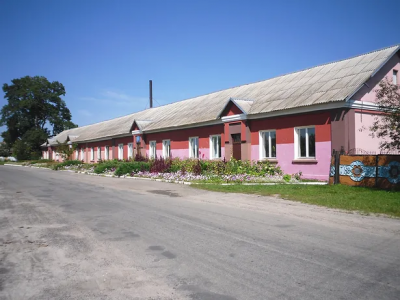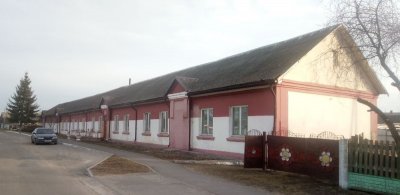The founder of the museum, which opened in 1927, was the geography teacher Maxim Yemelyanovich Bruy. The museum began with a traditional school corner of nature and history. The students, together with their teacher, collected archaeological objects, things of the outgoing life, books. About two thousand items comprised the pre-war collection of the museum: sets of clothes, household items and ethnography, handwritten and printed publications. Initially, the museum was located in one of the rooms of the People's House.
During the occupation of Turov by the German invaders, all the collected material was completely destroyed. After the war , the museum resumed its activities in May 1950 . It was located in the foyer of the city House of Culture. During this period, the museum's exposition was divided into three sections: the nature of the region; the pre-revolutionary past; socialist construction. Since 1952, accounting records have been kept, lectures are given, meetings are held, excursions are conducted. As of January 1, 1961, the main fund of the museum numbered 1,291 units. It was based on household items, clothing, nature, numismatics, archeology, documents. In 1959, the decision of the Turov district Executive Committee was made "On the construction of a regional museum of local lore in the town of Turov". A plot was allocated and an estimate was approved. However, the construction did not begin, because in 1962 the Turovsky district was abolished, and the town of Turov fell into the subordination of Zhitkovich, which were developing dynamically at that time. During this period, considerable attention was paid to the establishment of accounting of exhibits, replenishment of funds, holding mass events. The department allocated funds for the purchase of exhibits. The material base was strengthened. At the end of 1978 the museum is moving to the premises of the former auxiliary school, where it is located now. During this time, the museum's fund has grown significantly and now has more than 12,000 units. Interesting collections of decorative and applied art, numismatics, ethnography and everyday life, documents, photographic materials, etc. were formed. The museum exposition in its modern form was designed in 1989. At the same time, the necessary equipment for the exhibition was purchased, the design was carried out at an artistic level.
The most important events in the museum's history are listed here.

